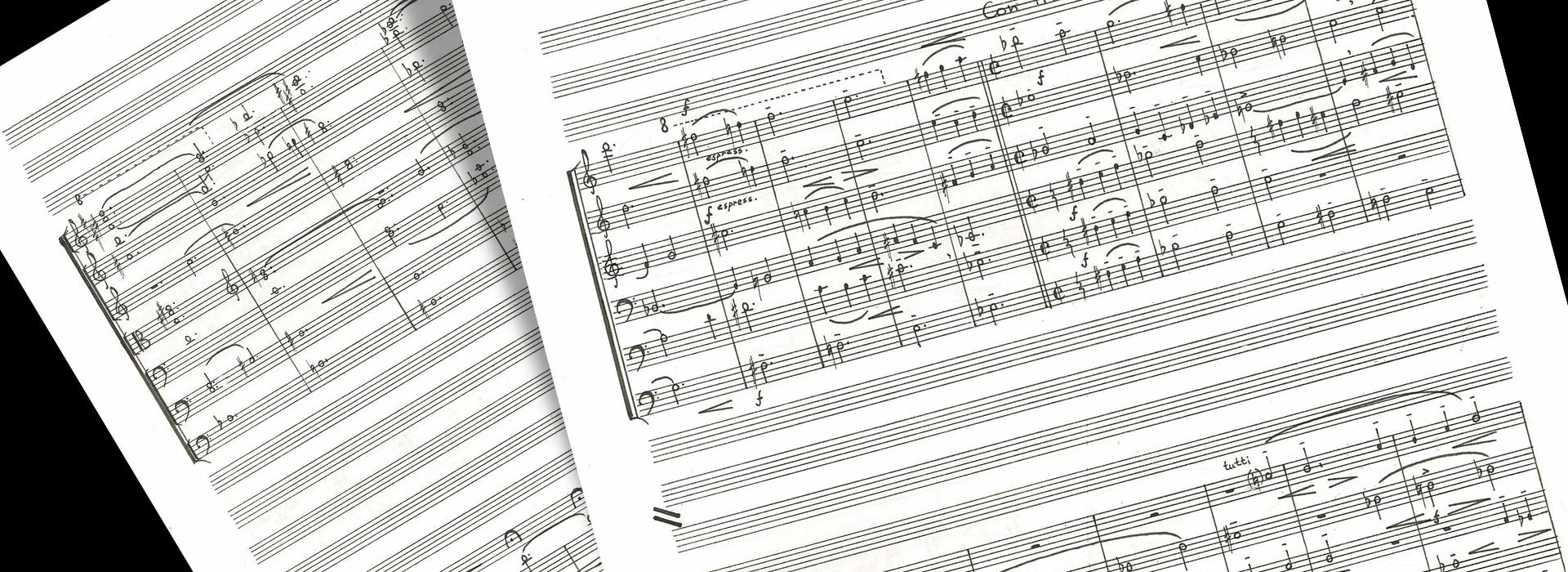“Shunamit” (2013) Operatorio, for soloists, choir, symphonic orchestra and a rock band

Listen to SHUNAMIT (Act 1) HERE
Shunammit – Operatorium for voices, chorus and orchestra
Libretto: Esther Ettinger
The Story Synopsis
The play is based on the story of Elisha the Prophet and the Shunammite woman (Kings 2 4:8), as well the writings and annotations of Chazal, the Jewish sages of the Talmudic era.
Elisha the Prophet is the disciple and successor of Elijah the Prophet. He is a wonder-worker and helps those in need. One affair however tarnishes his beneficial image – his ruthless revenge on a group of boys who disrespect him.
The plot of the play revolves around the Shunammite woman who hosted the Prophet in her home. To thank her, the Prophet promises she will bear a son after many years of being barren. Alas, the child does not live long and Elisha the Prophet miraculously resurrects him.
Language and characters
The language of the play is poetic and draws upon both ancient Hebrew and contemporary Hebrew. The play features the Shunammite woman, Elisha the Prophet, his servant Gehazi and the choir of the Sons of the Prophets. The choir supplements the characters and moves the plot forward. Another character which appears in the piece is the Matriarch Sarah whose character is parallel to that of the Shunammite woman as a mutual fate brings them together.
Idea
The story of Elisha the prophet and the Shunammite woman is universal and still relevant. It exhibits characters which are impressive and strong and the events which unfold are dramatic and exciting. It contains elements of grace, devotion and faith as well as sin and redemption, alongside a struggle with a harsh reality and the possibility to escape such a reality through human action and divine miracle. The story raises many questions, mostly on behalf of those who were not granted a miracle. Although the ending is optimistic, it is also inconclusive and complicated.
Music
Just as the language of the text utilizes a fusion between olden and modern, producing a unique effect of a “current living ancient reality”, so does the music. It intertwines and organically mixes many layers of musical language and tradition. From a quasi- ancient Gregorian chant (which is believed by many scholars to be a remnant of Temple music – perhaps from the time of the Shunammite story itself), through the music of the Jewish liturgy, down to contemporary classical music and on to rock music elements. This makes the musical language accessible to a wider circle of contemporary listeners, while preserving a deep inner connection with a tradition going back thousands of years.
Genre
The particular scenic form of the piece, as is evident from the subtitle Operatorium, is meant to have characteristics of both Oratorio and Opera. It is close to Oratorio first and foremost due to the prominent role the Choir plays in the musical body of the piece, which stems from the text itself, drawing on Greek Theater tradition. On the other hand, the treatment of the drama is much more dynamic then is usually seen in Oratorio. Thus this particular blend makes a scenic rendition of the piece easier – as it could easily be performed in a concert hall, as well as on a stage, with minimalist scenic outfits and stage action.
Act I (Synopsis)
Location: Shunem
The chorus and Gehazi, Elisha’s servant, tell of the great miracles which the Prophet performed. They also relate the story of the boys eaten by bears because of Elisha’s anger and pride.
In Shunem, Elisha the Prophet stays in the home of a benevolent woman, the Shunammite, in a small room which she made up for him, taking care of everything he may require.
Elisha asks Gehazi how to repay the Shunammite for her hospitality and Gehazi tells him that the woman and her aged husband do not have children. Elisha calls the Shunammite and promises that in a year she will have a son. She is skeptic and asks the prophet not to lie to her or raise false hopes.
The Matriarch Sarah then appears and reassures the Shunammite’s doubts, insinuating that the prophet’s promise of a child is connected to his making amends after his sinful behavior towards the boys who were eaten by bears. The act ends with a duet between Sarah and the Shunammite and the chorus sings of the mothers’ fates.





